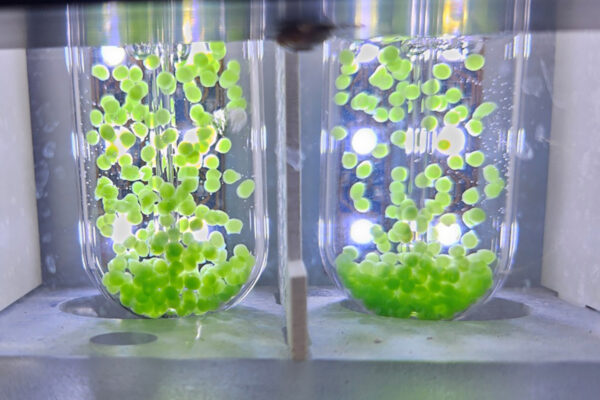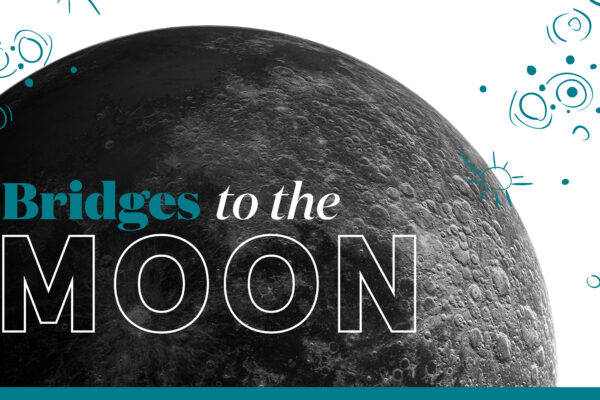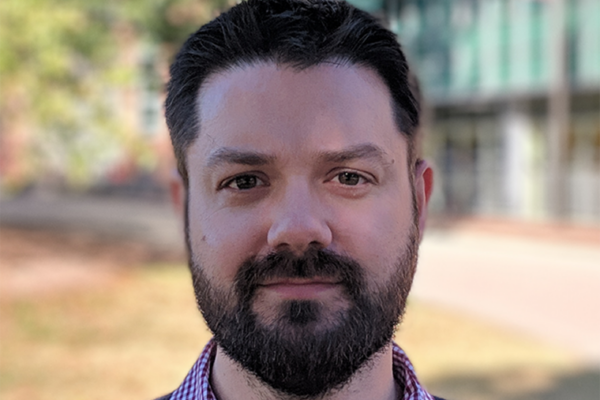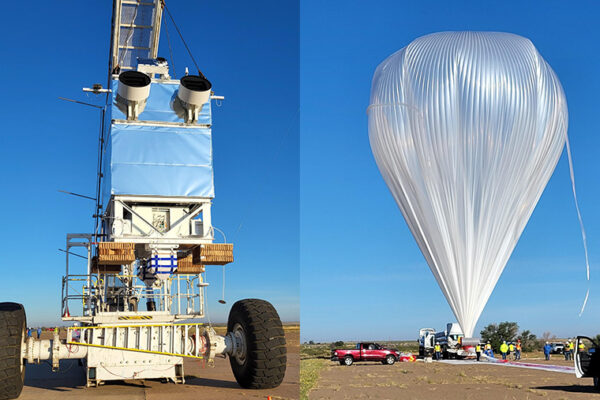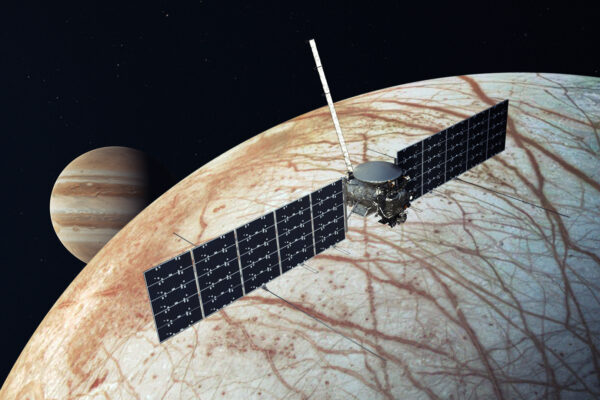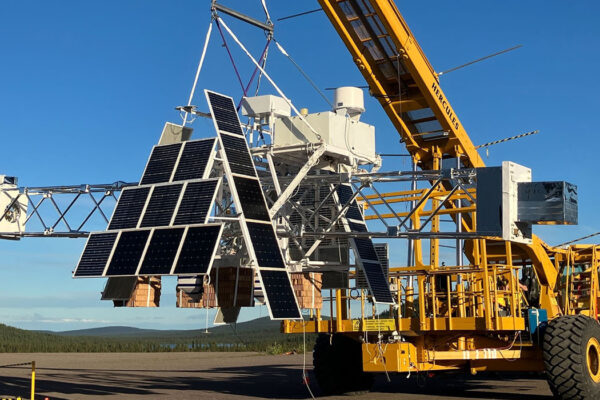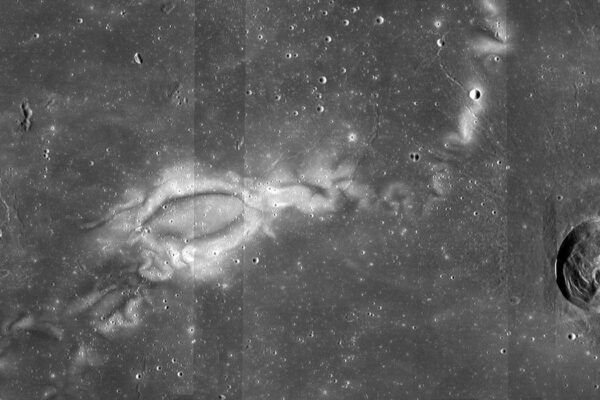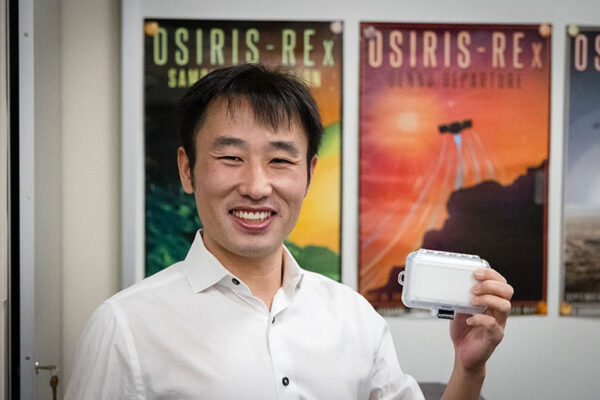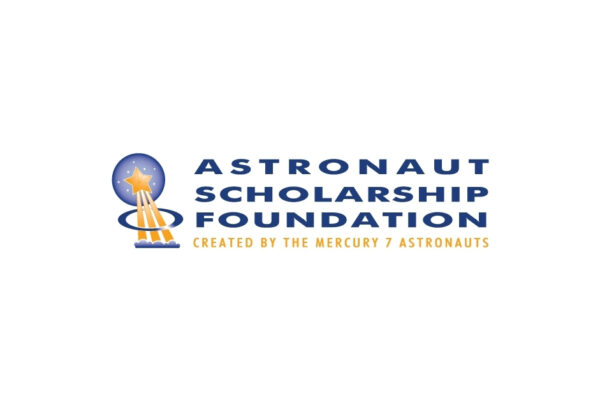Researchers aim to develop space biomanufacturing
Researchers at Washington University are working to develop an anaerobic digestion process using cyanobacterium to grow food in space.
Bridges to the moon
The forgotten story of how a diminutive 1955 fine arts major named Pat Bridges played a key role in sending astronauts to the Moon.
Byrne featured in ‘Volcano Worlds’
Paul Byrne, an associate professor of earth, environmental and planetary sciences in Arts & Sciences at WashU, was featured in “Volcano Worlds,” a PBS Nova documentary about the powerful volcanic eruptions that have shaped worlds across our solar system.
Researchers to develop low-power, high-performance radar systems
McKelvey School of Engineering researchers received a federal grant to develop low-power, high-performance radar systems.
Balloon mission tests quantum sensor technology
A WashU-led team successfully launched the DR-TES mission Sept. 24 from NASA’s balloon launch facility in New Mexico. Physicists in Arts & Sciences are using this mission to test quantum X-ray and gamma-ray detectors in near-space conditions.
NASA’s Europa Clipper prepares for launch
The Europa Clipper mission is the first to specifically target Jupiter’s ocean moon for detailed science investigation. In this Q&A, WashU’s William B. McKinnon, a science team member, describes what’s at stake when it launches next month.
XL-Calibur telescope launched to study black holes
Scientists from Washington University in St. Louis have launched a balloon-borne telescope to unlock the secrets of astrophysical black holes and neutron stars, some of the most extreme objects in the universe. XL-Calibur launched July 9.
Moon ‘swirls’ could be magnetized by unseen magmas
In a laboratory setting, experimental petrologists at Washington University recreated the magnetizing reactions that could be causing the mysterious, light-colored features on the Moon’s surface, known as lunar swirls.
Surprising phosphate finding in asteroid sample
Washington University scientists, including Kun Wang in Arts & Sciences, are part of a team that reported that near-Earth asteroid Bennu’s dust is rich in carbon and nitrogen, as well as organic compounds, all of which are essential components for life as we know it.
Collado named an Astronaut Scholar
Tomás Collado, a rising senior studying mechanical engineering at the McKelvey School of Engineering, has been named an Astronaut Scholar, one of the nation’s most prestigious STEM fellowships.
Older Stories
